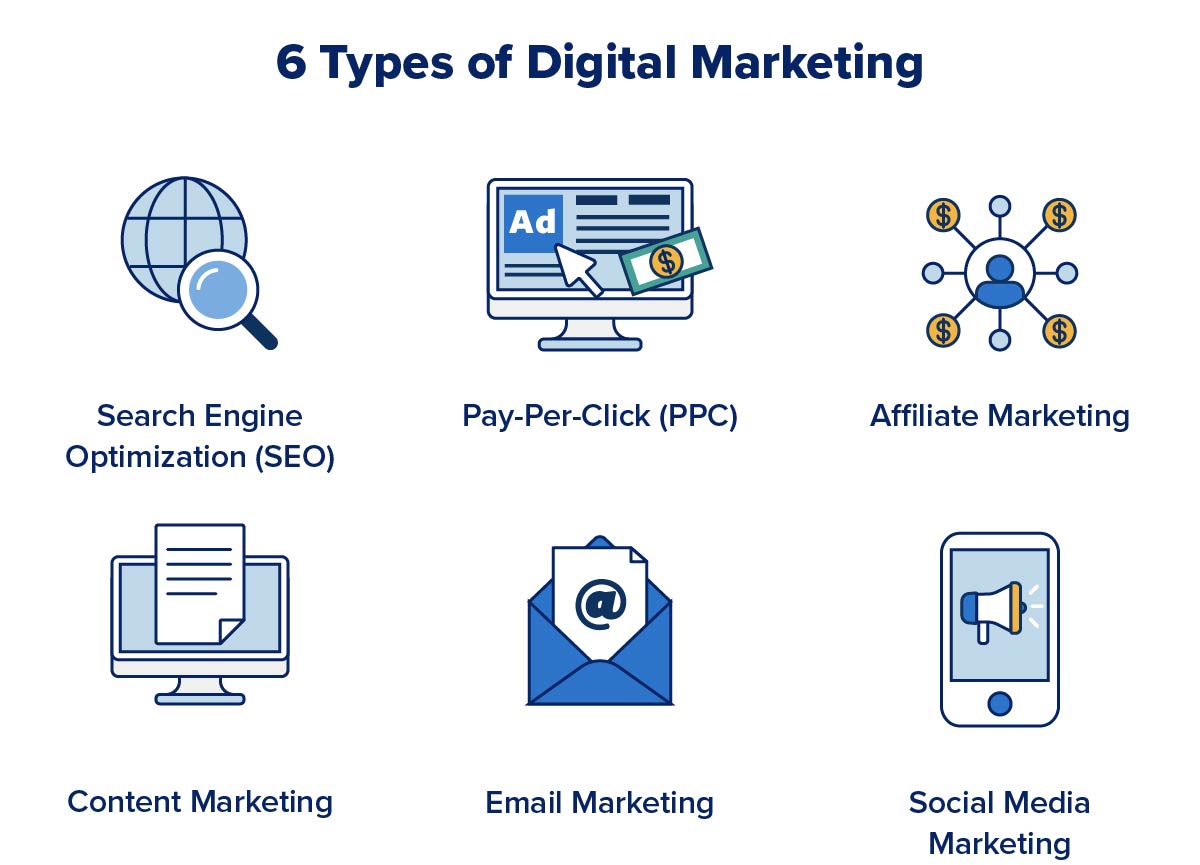Release Creative Thinking with The Ad Firm Web Design Agency: Crafting Digital Masterpieces
Release Creative Thinking with The Ad Firm Web Design Agency: Crafting Digital Masterpieces
Blog Article
Enhance Individual Experience and Drive Web Traffic With Receptive Website Design
In today's electronic landscape, where users are accessing websites from a multitude of devices, receptive internet design has actually come to be a lot more important than ever before. With its capacity to adjust and effortlessly change to various screen sizes, receptive design not just enhances user experience however likewise drives web traffic to your website.
Why Receptive Website Design Issues
Responsive website design is a necessary aspect of modern-day web advancement as a result of its ability to make certain ideal user experience across various gadgets and screen sizes. With the expansion of smart devices, tablet computers, and other mobile phones, it has actually ended up being essential for sites to adjust and give smooth capability no matter the tool being utilized.
The primary reason receptive internet style issues is that it permits customers to have a constant and enjoyable surfing experience, regardless of the gadget they are using. A responsive site immediately adjusts its style, layout, and content elements to fit the screen size and resolution of the tool, making sure that customers can conveniently browse and interact with the web site with no hassle or stress.
In addition, receptive website design additionally plays a substantial function in search engine optimization (SEARCH ENGINE OPTIMIZATION) Online search engine, such as Google, prioritize websites that are receptive and mobile-friendly in their search engine result. By integrating receptive layout principles, internet sites can boost their exposure and position, leading to enhanced natural website traffic and possible customers.

Boosting User Involvement Through Responsive Style
Maximizing individual involvement is a key objective of responsive layout, as it guarantees that users can quickly access and communicate with site material on any kind of device. With the raising usage of tablets and mobile phones, it is vital for sites to adapt to various display sizes and resolutions. Responsive layout enables internet sites to automatically readjust their design and content to give a seamless individual experience throughout devices.
One of the major ways receptive design enhances individual involvement is by decreasing tons times. With a responsive site, users do not need to await separate mobile versions to load, causing faster access to content. This enhanced rate brings about greater customer contentment and motivates them to spend even more time on the site.
In addition, responsive style improves customer involvement by enhancing navigating and individual interface (The Ad Firm Web Design). When an internet site is developed responsively, buttons and menus are maximized for touch communications, making it simpler for customers to engage and navigate with the site on their mobile phones. This instinctive and user-friendly experience keeps customers engaged and encourages them to explore even more of the internet site
In addition, receptive style enables better web content presence and readability. By adapting the layout and font style sizes to various gadgets, receptive internet sites make sure that users can easily review and recognize the material. This enhances individual engagement by lowering the demand for scrolling or zooming to read the message.
Increasing Web Site Web Traffic With Responsive Website Design
With the growing appeal of smart phones, having a site that is receptive to various display sizes and resolutions is important for driving enhanced web traffic. In today's electronic landscape, users are accessing sites from a range of devices such as mobile phones, tablets, and desktop computer systems. Each of these devices has various screen dimensions and resolutions, and if your web site is not designed to adjust to these variants, it can result in a poor individual experience and a loss of potential website traffic.
Responsive website design makes certain that your web site looks and functions ideally across all devices. By utilizing flexible grids, fluid pictures, and media queries, responsive layout allows your internet site to instantly change its material, layout, and navigating to fit any kind of display size. This means that users will have a smooth browsing experience regardless of whether they are using a big desktop or a small smart device computer.
Trick Elements of Efficient Responsive Layout
Efficient receptive style includes numerous crucial elements that make sure a seamless customer experience throughout different tools. One of these components is flexible grids and formats. By utilizing family member units like percentages as opposed to dealt with devices like pixels, developers can produce layouts that scale and adjust to fit different display dimensions. This permits content to be presented in a visually attractive and legible way on any type of device.
Another crucial element is media queries. These enable designers to apply different designs and formats based upon the qualities of the user's device, such as screen dimension and positioning. By utilizing media queries, developers can enhance the discussion of content for each device, making sure that it is understandable and quickly accessible.
Responsive pictures are likewise vital in effective responsive style. Pictures that are as well large can decrease page tons times on smart phones, while photos that are as well little may show up pixelated on larger displays. By utilizing techniques such as responsive photo resizing and lazy loading, designers can guarantee that images are suitably sized and enhanced for each and every gadget.
Finally, effective responsive layout involves a mobile-first strategy. This indicates making and prioritizing content for mobile phones initially, and then broadening and enhancing the design for larger screens. This technique ensures that one of the most crucial material is conveniently accessible on smaller sized screens, while still offering a rich experience on larger gadgets.
Ideal Practices for Executing Receptive Website Design
Applying responsive internet design requires mindful factor to consider of numerous ideal techniques to guarantee an optimal customer experience across various devices. When executing responsive web design., right here are some essential ideal practices to follow.
Firstly, it is crucial to prioritize mobile individuals. With the boosting dominance of mobile phones, developing for mobile-first has actually come to be crucial. Start deliberately for smaller displays and after that gradually improve the design for larger screens.

Another vital finest technique is to maximize images for various display resolutions. Huge images can reduce down the packing time of your website, particularly on mobile gadgets with slower connections. Use receptive pictures that can be resized based upon the device's display resolution to enhance efficiency.
Additionally, test your web site on different devices and screen sizes to make sure a consistent and seamless experience. There are different testing tools available that can aid you determine any kind of issues and make needed modifications.
Last but not least, focus on use and access. Ensure that your website is simple to navigate, with succinct and clear Web Design Carlsbad material. Make certain that your website is accessible to individuals with disabilities and adheres to access guidelines.
Conclusion
In conclusion, receptive web style plays an important role in enhancing user experience and driving website traffic to websites. By embracing receptive layout concepts, internet sites can make sure optimum viewing experiences throughout various gadgets, leading to raised customer interaction.
Optimizing customer engagement is an essential objective of responsive style, as it makes certain that individuals can quickly access and connect with web site content on any kind of device. Receptive style allows sites to automatically adjust their format and material to provide a smooth individual experience throughout tools.
Additionally, receptive style boosts individual involvement by enhancing navigating and individual interface.Receptive photos are also important in effective responsive design. By adopting receptive style concepts, web sites can guarantee ideal viewing experiences across various tools, leading to enhanced individual engagement.
Report this page